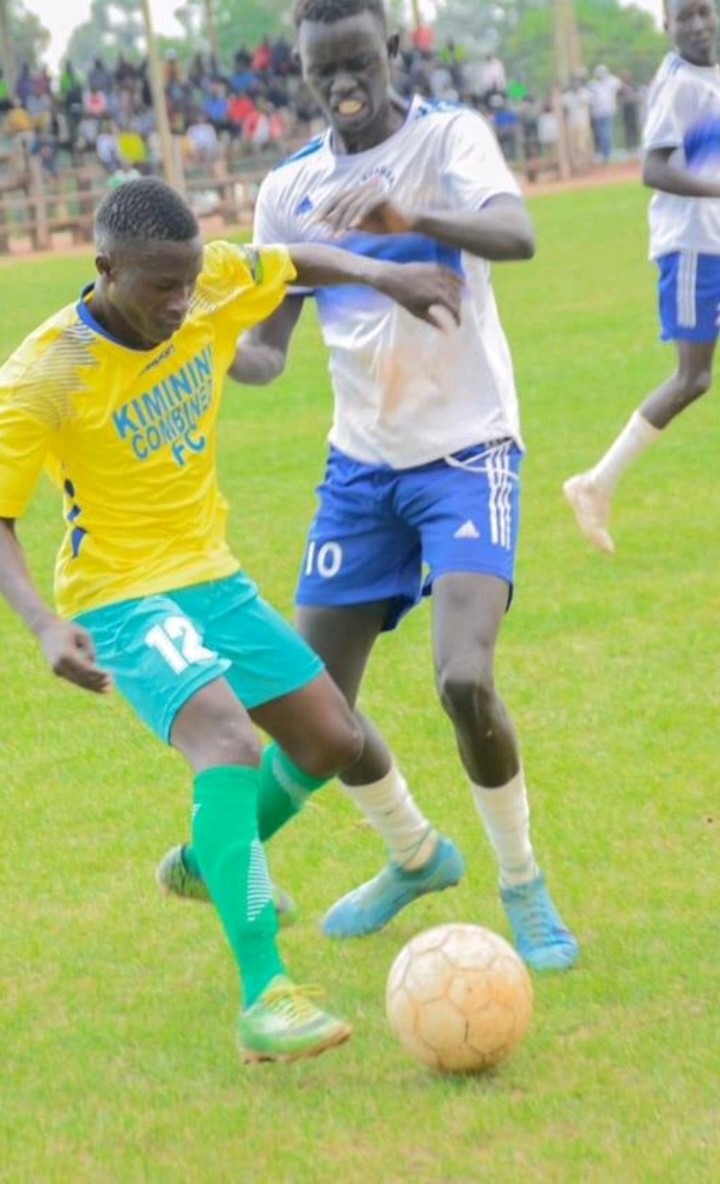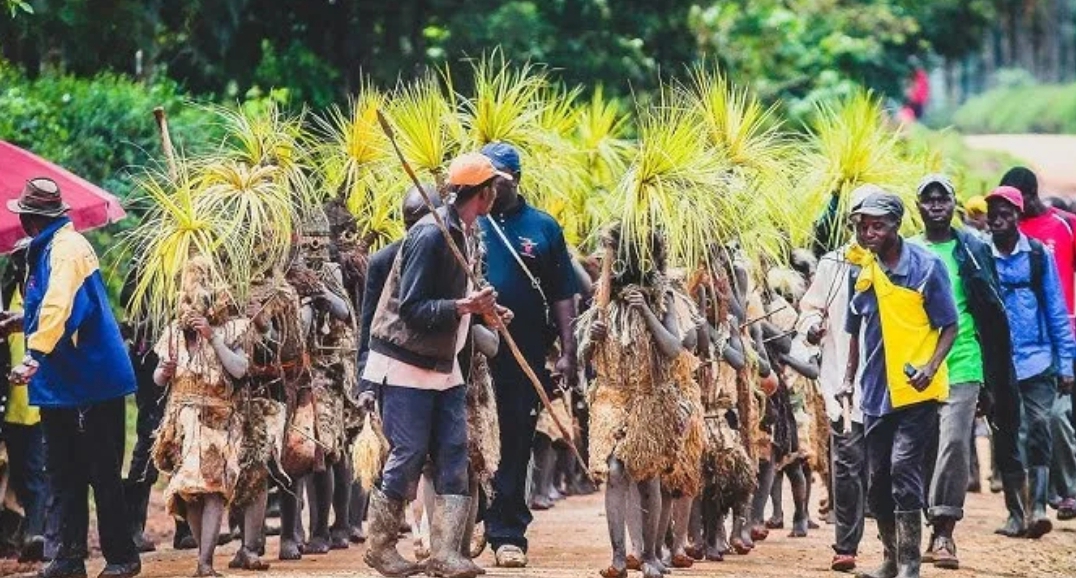The decision by a Nakuru club to parade its waitresses in school uniforms and later dismiss the public uproar as “just for fun” is not only unfortunate but also irresponsible. This kind of casual trivialisation of sensitive issues reflects a worrying moral blindness that cannot simply be waved away with a Facebook apology. At stake here is not just a matter of taste or entertainment choices, but the deeper question of how our society perceives and protects children, their innocence, and their symbolic representation in public life. A school uniform, unlike other professional attire, carries a very specific meaning. It is not merely a piece of clothing; it represents childhood, discipline, safety, and the sanctity of education. To transplant it into an adult nightlife setting is to strip it of its meaning and distort its symbolism in ways that are deeply problematic. One cannot equate a school uniform with a nurse’s scrub, a chef’s coat, or a mechanic’s overall. Those are professional attires tied to adult identities and roles. A school uniform is tied to minors. That is why the public is right to be outraged.
The explanation that this was part of themed nights and that the club has also used other outfits does little to cleanse the act of its undertones. Indeed, the attempt to normalise it by placing it in the same category as harmless professional dress codes only underscores the lack of awareness or deliberate insensitivity. At a time when Kenya is grappling with painful revelations about child sexual exploitation, as highlighted in the recent BBC documentary Madams, the use of school uniforms in such a sexualised environment becomes even more distasteful. It is tone-deaf in the extreme. For many Kenyans, the timing of this spectacle was not just poor but insulting, as it seemed to trivialise or even parody the suffering of countless young girls who are trafficked and abused in real life.
READ;
Nakuru club says school uniformed waitress were just for Fun
It is important to stress that symbolism matters. Society functions on shared meanings, and when those meanings are corrupted or distorted in the public sphere, the effect ripples far beyond the walls of a nightclub. To sexualise a school uniform is to subtly normalise the association of children with adult entertainment. That is not a benign act; it is a dangerous erosion of moral boundaries. When the line between childhood and adult life is blurred in such symbolic ways, predators feel emboldened, and children are left more vulnerable. What the club dismissed as “fun” is actually part of a larger cultural problem that contributes to the hypersexualisation of minors. When entertainment spaces begin to turn children’s symbols into costumes of pleasure, it reinforces twisted fantasies that exploiters feed on.
The fact that the club issued an apology couched in the language of “negative misinterpretation” reveals the failure to take responsibility. This is not about misinterpretation. This is about a fundamental lapse in judgment. The problem is not that people failed to see the intended fun; the problem is that the organisers failed to see the inherent indecency of their own act. To apologise by saying others misunderstood is to blame the audience rather than admit fault. Such half-hearted contrition does not build trust. Instead, it deepens public suspicion that the club and others like it are blind to the values and boundaries that should govern public morality.
There is also a broader issue of leadership and regulation. Why does it take public outrage for such acts to be questioned? Where are the licensing authorities who are supposed to ensure that entertainment establishments operate within acceptable ethical bounds? Kenya cannot afford to be reactive every time a nightclub crosses the line. There must be clear guidelines that protect children’s symbols, images, and representations from being commercialised or sexualised in adult spaces. Just as there are laws that protect national symbols from misuse, so too should there be stronger safeguards for symbols of childhood. A school uniform should never become a costume for adult entertainment. It should be safeguarded as a sacred marker of the nation’s commitment to education and the welfare of its young.
ALSO READ;
For those who argue that this is a matter of personal choice or that critics are overreacting, the answer is simple: society always has a stake in how children are represented. The freedom of entertainment does not extend to the exploitation of childhood imagery. This is not prudishness; it is a matter of principle. Entertainment must have boundaries because without them, the very fabric of society begins to unravel. We cannot laugh off everything as “fun” when in reality it erodes the moral protections that keep children safe. Those who are insensitive to these boundaries may think they are being creative, but what they are really doing is undermining the values that hold a community together.
The episode at the Nakuru club should therefore not be treated as an isolated incident but as a wake-up call. It highlights how entertainment and commerce, when left unchecked, can easily cross into areas that violate public morality and expose children symbolically to exploitation. It challenges us as a nation to ask what lines we must draw to preserve the sanctity of childhood. The public reaction shows that Kenyans still care deeply about protecting children from any form of symbolic or actual exploitation. That is a hopeful sign. But it also demands that leaders, regulators, and institutions act firmly to ensure that such spectacles are not repeated. Fun should never come at the expense of innocence. To claim otherwise is to betray the very values we owe the next generation.
By Ashford Kimani
Ashford teaches English and Literature in Gatundu North Sub County and serves as Dean of Studies.
You can also follow our social media pages on Twitter: Education News KE and Facebook: Education News Newspaper for timely updates.
>>> Click here to stay up-to-date with trending regional stories
>>> Click here to read more informed opinions on the country’s education landscape






